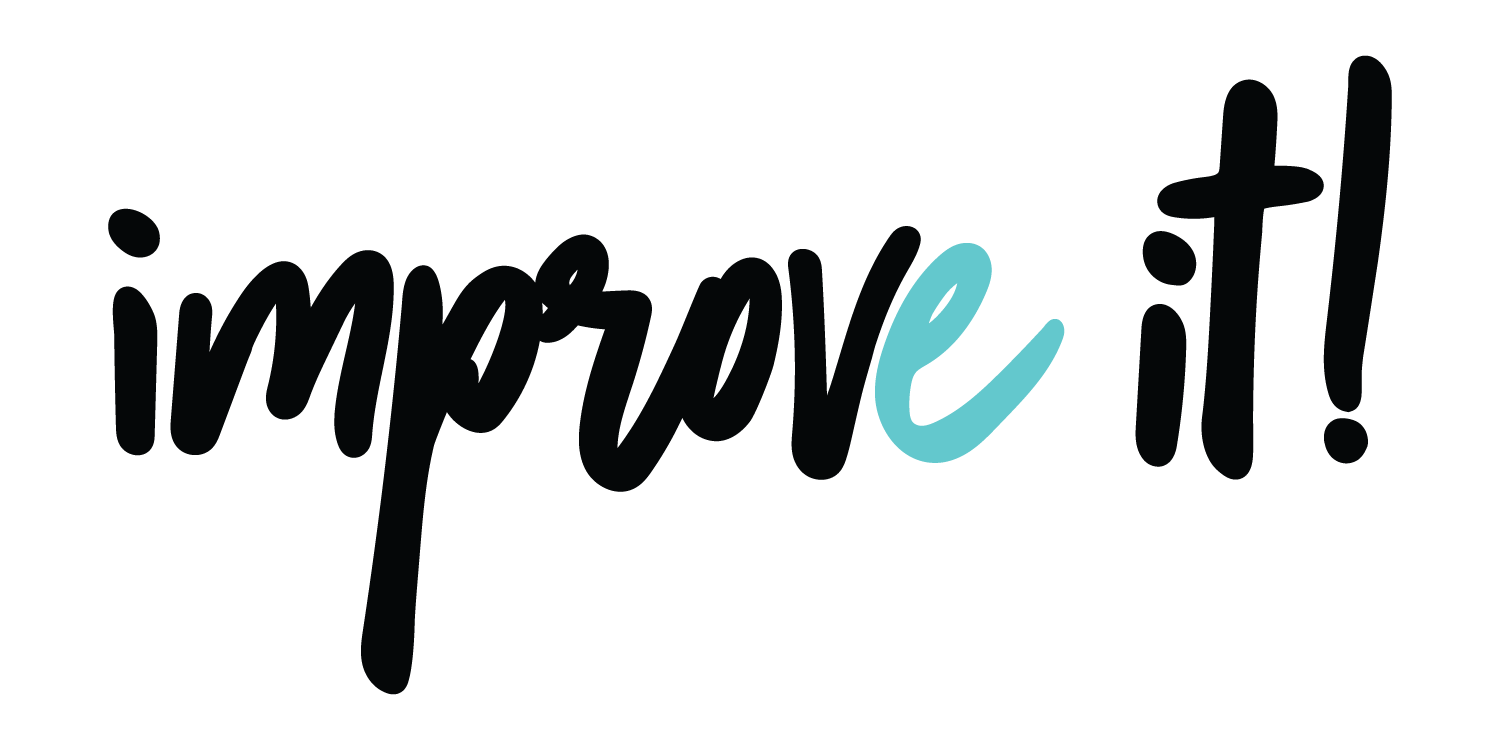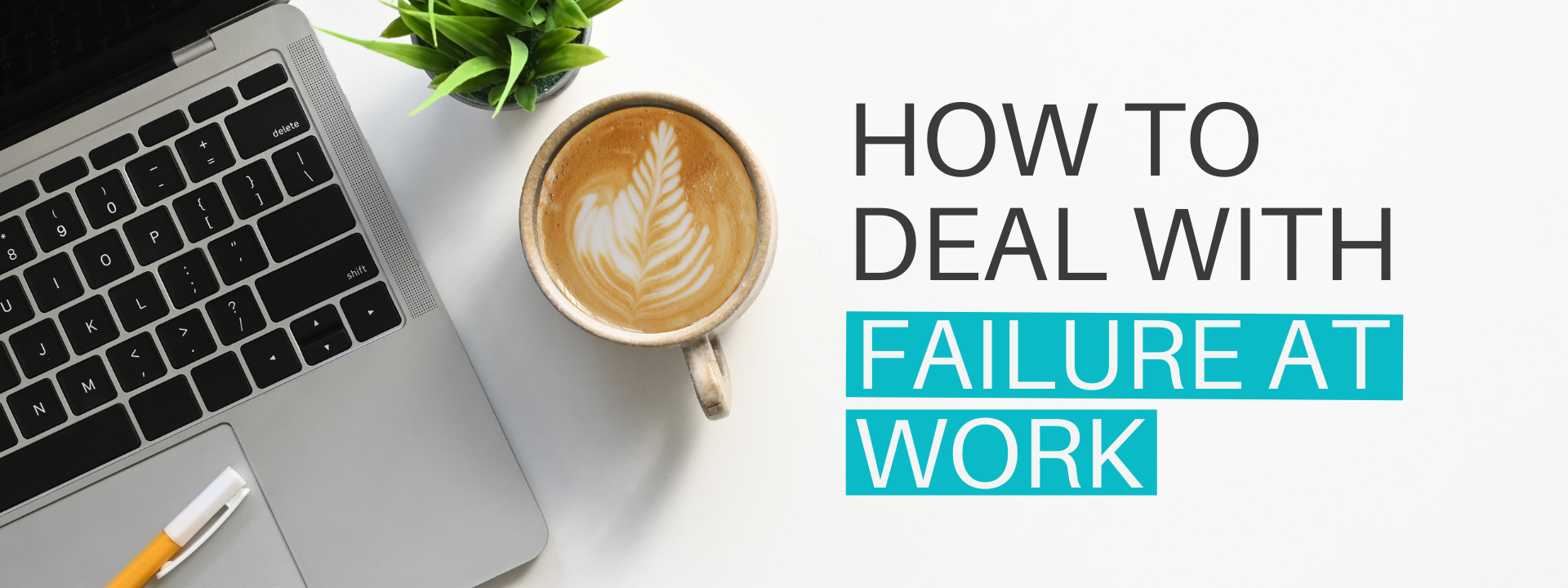How to Deal with Failure at Work
WRITTEN BY ERIN DIEHL | 5 Minute Read
What’s the first thing you think about when you hear the word “failure”?
Is it hitting snooze and then missing an important meeting? Is it letting the nerves get to you and flopping during your presentation? Is it taking a creative risk and missing the point entirely?
The truth? It’s all of the above and more.
The global pandemic, the age of social media, and a culture that not only praises but expects perfection all lead to one thing: an acquired, intense fear of failure.
One of the worst things about this ever-present fear of failure? It prevents us from expanding our horizons, building new relationships, and reaching our fullest potentials.
One of the greatest things about embracing this fear and failing anyway? It enables you to try anything, fail at it, refine your approach, adopt a new technique, abandon old methods that no longer serve you, and accelerate your life personally and professionally.
There’s a quote we like that encapsulates this boldly: “Your fear of looking stupid is holding you back.”
Let’s not hold ourselves back anymore. Here are 3 steps to make it happen:
Step 1: Define Failure and Get Comfortable With It
Failure (n.): 1) the lack of success; 2) the omission of expected or required action
Thank you, Merriam Webster. And while we’re on the research grind, we’ll hit you with these stats: 31% of Americans are afraid of failure and 49% of Americans agree that the fear of failure prevents them from achieving or revisiting their goals.
With this in mind, consider your own relationship with failure. Does one particular fail come to mind right away? Have you lived in a cycle of failure due to your situation?
Now that you have your failure story in mind, ask yourself this: What if I had thought about failure as inevitable rather than preventable?
Almost 100% of the time when you’re doing something you’ve never done before, in a new situation, OR you’re being the human being (not robot) that you are, failure’s going to happen. It’s inevitable, not preventable. Holding this truth in your mind helps you get comfortable with failure by expecting it, marinating on it, and moving forward from it.
Step 2: Make Failure a Habit
Frequency (n.): the number of occurrences of a repeating event per unit of time
1,009 = the number of times Colonel Sanders’s fried chicken recipe was rejected before giving us the KFC we know today
When we make failure a habit like Sanders did, it helps fight against the acquired, intense fear of failure the world has instilled in us.
Picture the cliche writer sitting at their desk, wadding the sheet of paper they were writing on into a ball, and throwing it into the trash can across the room. The more you wad sheets of paper up (fail at something), the faster you’ll get to the outcome, skill, or result you want. Better yet, the physical process of trying, failing, and refining allows you to unlock an outcome, skill, or result you would not have if you’d waited until you could do it “perfectly.”
By trying 1,009 times, Colonel Sanders created a one-of-a-kind fried chicken recipe. If he’d only tried once or twice when he thought he could do it perfectly, we might be eating soggy chicken.
Practice makes perfect → Failure makes something you couldn’t have seen coming
Step 3: Utilize The FUNdamentals of Success
FUNdamentals of Success (n.): 1) forming a necessary base or core of failure; 2) failing forward while having a freaking blast
When you embrace the truth that failure is a necessary base for your day to day, you begin to grasp failure as a gift rather than a setback. And what comes from this? You become a self-proclaimed #failfluencer who leads with authenticity, demonstrates vulnerability, and commits to meaningful change personally and professionally.
The best part? When you show up in the world this way, it becomes infectious. The team you work with, the folks in your circle, and the strangers you cross paths with will realize that huh, failure can be fun instead of fearsome if I let it be.
“F” Words at Work
By using the three steps above, you can make the F Word work for you no matter if it’s a tiny fail or WTF (Worst Terrifying Fail). Since failure is the expectation and not the exception, we can have fun doing it, too.
If you want to bring these three steps to your organization, we thought you’d never ask! See the links below to explore our “F” Words at Work keynote offering for your next in-person or virtual event.
ABOUT ERIN
Erin “Big” Diehl is a Business Improv Edutainer, Failfluencer, and Professional Zoombie. Through a series of unrelated dares, Erin created improve it!, a unique professional development company that pushes others to laugh, learn, play, and grow.
She is the proud host of The improve it! Podcast, which helps develop leaders and teams through play, improv and experiential learning. Among her many accolades, Erin is most proud of successfully coercing over 35,000 professionals to chicken dance.


